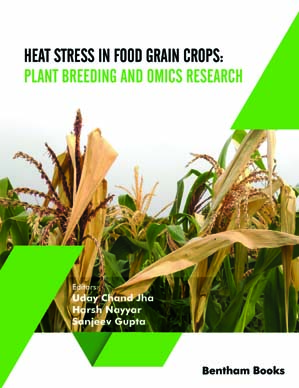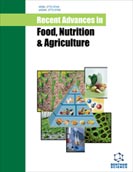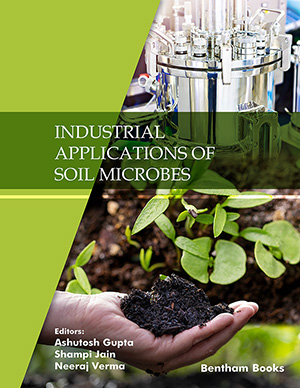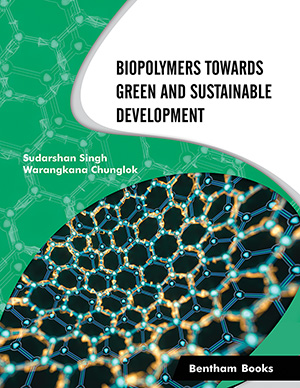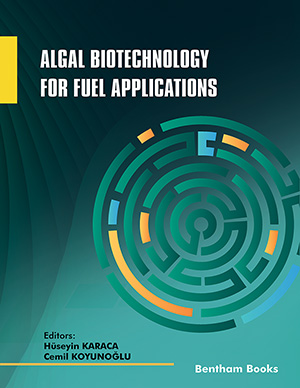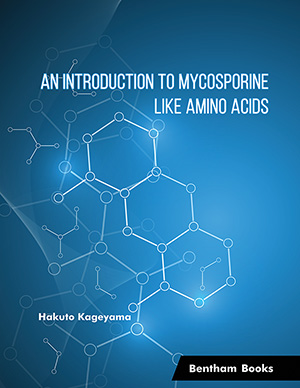Abstract
Pearl millet (Pennisetum glaucum L. R. Br.) is an important cereal crop grown by resource poor farmers of semi-arid and arid tropics. It is grown for food in Asia, Africa and Latin America and for fodder in the USA, Australia and Brazil. Due to its inherent ability for tolerance to temperature and drought, salinity and nutrient-poor soils, it is grown in harsh environments. Owing to the changing climatic conditions, the crop holds promise for food and nutrition security for the increasing world population. However, high temperature stress is one of the main reasons for low productivity in pearl millet under semi-arid and arid environments. Further improvement for thermo tolerance is needed for the economization of agriculture.
Heat stress (HS) is a complex function of intensity, duration, and rate of increase in temperature. Tolerance mechanisms to HS are exhibited in all stages of crops such as seedling emergence, vegetative stage, flowering/ reproductive, and grain filling stages. For surviving under HS, crop plants show short-term (avoidance) and long-term (adaptation) strategies. A wide range of plant developmental and physiological processes are negatively affected by HS. Heat tolerance (HT) has been linked to increased tolerance of the photosynthetic apparatus and correlated with increased capacity of scavenging and detoxifying of reactive oxygen species (ROS). Induction of thermotolerance may be ascribed to the maintenance of a better membrane thermostability (MTS) and low ROS accumulation due to improved antioxidant capacity, osmo-regulation of solutes and synthesis of heat shock proteins (HSPs). Heat tolerance can be evaluated by a field screening, lab cum field screening or laboratory screening protocols and testing under hotspot locations. In pearl millet, the studies on heat tolerance are limited and the few studies made to date suggest seedling thermotolerance index (STI), seed to seedling thermo-tolerance index (SSTI) in pearl millet, and heat tolerance index (HTI) are indicative of heat tolerance. However, these are not indicative of maturity stage traits wherein membrane thermo stability holds promise. For breeding for heat tolerance, information on genetic variability, gene action (additive and non-additive), heritability, stability and correlation are available. Landraces are adapted to their native environment and could be the potential sources of HT. Gene interaction on heat tolerance showed its complex nature of inheritance. Plants are relatively more sensitive to HT during reproductive than vegetative stages. Breeders should consider and devise tools for heat tolerance screening which directly links to the productivity of a crop. Different breeding strategies such as conventional breeding methods, physiological trait-based breeding, molecular or transgenic approach can be applied individually or in combination for genetic improvement for heat tolerance.
Keywords: Breeding strategies, Growth stage, Gene action, Membrane thermostability, Screening, Thermo-tolerance index.

